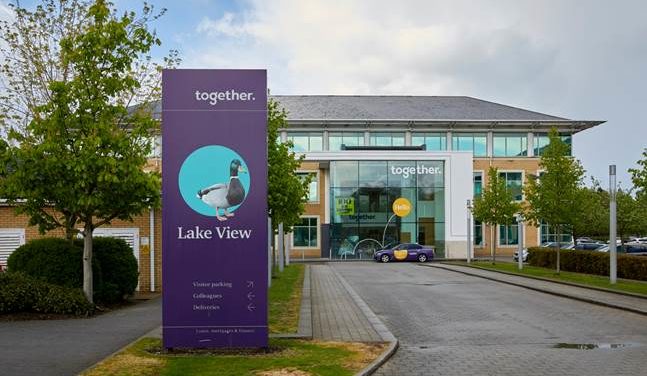When it comes to new-builds, let’s not just focus on quantity
By Bridging Loan Directory
With 8.4 million people in England living in unaffordable, insecure or unsuitable homes, and an additional 3.6 million in overcrowded homes, the housing crisis is one of the most intractable issues of modern Britain. Until supply increases, the bottom line is that millions of normal people will continue to be priced out of the market.
One obvious solution to the problem is to build new homes, but as with most things, such bold statements are much easier said than done. From developers not having access to the finance needed to fund projects, to new-builds being hastily constructed to a poor standard, the process of building more real estate brings with it a host of challenges.
The government did however offer some hope during the 2019 Conservative Party Conference, announcing a slate of new policies that directly targeted the housing market. As part of these announcements, Housing Secretary Robert Jenrick declared the relaxation of planning rules, allowing those in towns and cities to more easily build one or two additional storeys on their homes. This initiative, which the government hopes will help people build “up, not out”, was introduced alongside further infrastructure funding – including a new roads package worth £29 billion.
Does the UK have a problem with new-builds
Whilst these creative policies may be welcomed, some have voiced concerns they could lead to greenbelt destruction, unattractive developments, and building in regional locations that lack the required infrastructure to support an influx of people such as schools and transport links.
What’s more, the UK public is still not embracing new-builds for a myriad of reasons. Recent research conducted by FJP Investment found that half of UK homebuyers and investors think that new-builds are typically unattractive, whilst even more (63%) think they are “devoid of character”.
There’s also the issue of location, infrastructure and affordability. 57% of the those surveyed believe new-builds are situated in inconvenient locations, whilst just under half (48%) worry that they are surrounded by underdeveloped infrastructure like roads and transport links. As well as doubting the quality of finish, two-thirds of UK homebuyers and property investors think they are too expensive. This feeling is well founded: the average price of a new-build is more than £60,000 dearer than the average home.
Perhaps of most concern to developers, FJP Investment revealed that 60% of homebuyers also think new-builds are completed to a poor standard, with poor workmanship resulting in underlying issues that only rear their head down the line. Last week, for example, a group of Barry residents living on Persimmon Homes’ White Farm development said they felt “unsafe” in their homes due to construction companies cutting corners. One resident even reported snow coming in through her roof and poor electrical wiring. So, while homebuyers are clearly keen to consider new-builds for their next purchase, houses and flats must be finished to a high, safe standard to reassure the market.
Building homes that reflect the needs of the UK public
The government does, partly at least, understand these perceptions. As such, Jenrick also made it clear in his speech announcing the reforms that so-called “ugly homes” have no place in the future of UK housing, and put forward new guidelines to ensure developments are aesthetically pleasing.
Further, there are some silver linings, insofar as homebuyers also recognise the benefits of new-builds. The aforementioned FJP Investment research revealed three-quarters of those surveyed praise their modern facilities, and even more (78%) had viewed a new-build when searching for their most recent property.
That’s not to say some developers are not getting it right. Indeed, there are plenty of exciting and diverse new-build developments springing up across the country, boasting modern furnishing and embodying the character and style of the locations in which they are situated.
But so long as new-builds are broadly considered unattractive and inconveniently located, their efficaciousness in battle against the housing crisis will be reduced. That is why it is crucial the government’s plans for infrastructure funding and quality guidelines is not simply a case of political posturing. We need to increase the housing supply by improving the quality and quantity of housing – these two qualities should not be viewed in isolation.
Jamie Johnson, CEO of FJP Investment











You must be logged in to post a comment.